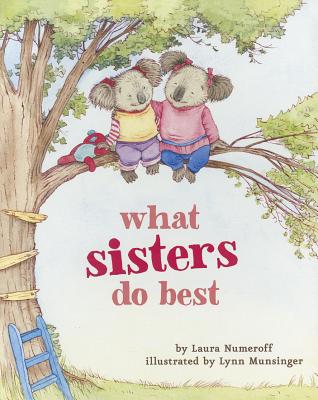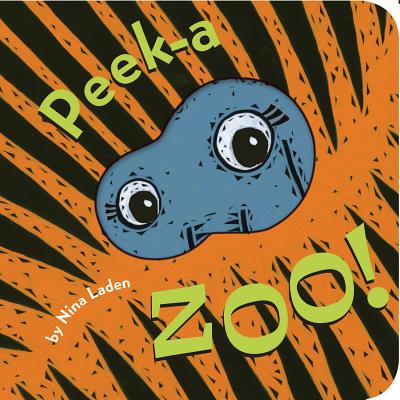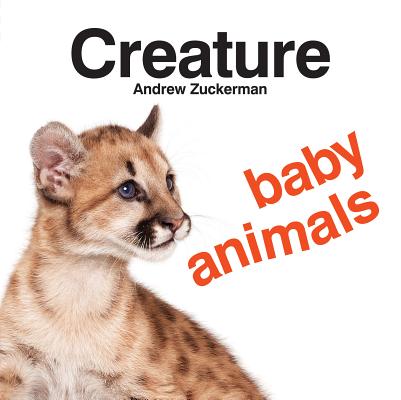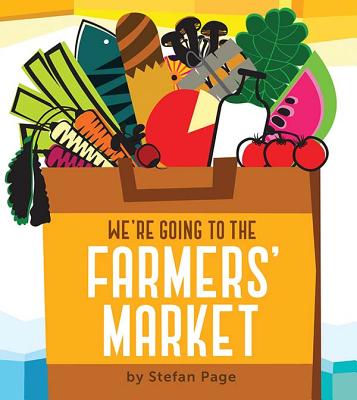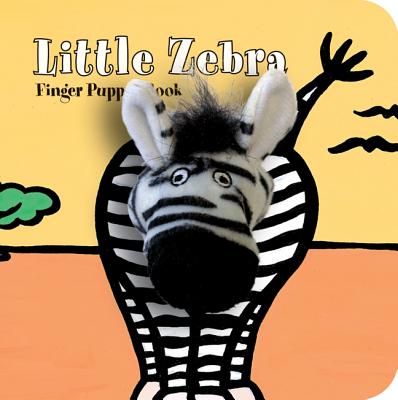Volume II treats over 100 plant families in alphabetical order. Each family is headed by a short family description based mainly on the more practicable field characters of leaves, inflorescences, flowers, and fruits. The section Notes includes remarks on habit, secretory systems, and seed dispersal - only when one may generalize on family level. Following a family description, each genus within the family is numbered and mentioned together with the author's name. A genus description is given when more than one species within the genus are described. Each genus is followed by the species in alphabetical order and sub-numbered. This facilitates a quick determination of both the number of genera treated within a certain family and the number of species treated within a certain genus. The species name is followed by the author's name according to up-to-date taxonomic literature. When known to the author, vernacular names used by the most prominent sections of the population, such as Aruak-Amerindian (A), Caraib-Amerindian (C), Surinamese Dutch (SD), Spanish (Sp.), English (E), Brazilian Portuguese (B), Sranan-tongo or Surinamese (S), and Bushland-Creole, Quilombola or Paramaccan (P), have been included. When a fruit species is depicted in Volume I, plate and figure numbers are given. Plates are numbered 1-208; figures are numbered within each plate. If available, digital color photos of fruits taken in the wild are inserted below the species description. As presented in Volume II species descriptions usually include four sections, the first word of each section being printed in italics. The first section gives simple leaf characters as far as they are practicable in the field. The second section describes main characters of inflorescence, infructescence, (fruiting) calyx, and/or pedicel. The third section describes external and internal characters of fruit and seed(s). The fourth section, "Notes", gives various remarks that may be useful in the field, such as plant habit, presence of secretory systems, bark features, seed dispersal strategy, phenology, occurrence, habitat and soil type, and geographical distribution within the Guianas and the larger lowland Amazonian region. In Vol. I, I tried to include drawings of as many fruits as possible. In case of great interspecific resemblance, only one of the fruits has been depicted. Depending on the available material, fruits and seeds are drawn from different angles, cross and/or longitudinal sections, showing the morphological properties that are most important for visual identification. This Amazonian fruit catalogue includes too many species to make a usable key down to genus or species level. However, here I have included a synoptical key to the one-hundred plant families treated. In order to facilitate direct identification of the fruits, figures are drawn on a 1:1 scale. Large fruits are reduced to about half their natural size.
Named one of the HEROES FOR THE PLANET by Time Magazine in 2000, Dutch and naturalized Brazilian primatologist, Dr. MARC VAN ROOSMALEN, has certainly proved one requires super hero qualities to navigate not only the Amazon jungle, but also the "monkey business" politics of governments and world environmental agencies. Landing in a Brazilian jail in 2007 among convicted murderers being charged for alleged biopiracy, this world renowned explorer was sentenced for 14 years to be spent in a public jail. Concerned that scientific inquiry was being criminalized, outraged scientists worldwide came to his appeal and after an extensive legal battle, in 2009 he was acquitted of all charges by the Supreme Court. After spending 30 years exploring the Amazon, Van Roosmalen has become the world's leading expert on Amazon's ecology with emphasis on monkeys, plant-animal relations in seed dispersal and predation, and coevolution. He has discovered 5 new monkey species and a new genus CALLIBELLA, and identified another 20 new primates. All these new mammals, incl. a dwarf tapir TAPIRUS PYGMAEUS and a dwarf manatee he named TRICHECHUS PYGMAEUS, are described in his Magnum Opus "Barefoot through the Amazon - On the Path of Evolution". He has also discovered evidence of prehistoric Amerindian horticulturists farming in the Amazon, and surmises that the soil enhancement methods employed by them already for over 5000 years could offer an alternative to the destructive slash-and-burn techniques used today. Clearly seeing the devastation of the "Lungs" and the "Carbon Sink" of our planet, Van Roosmalen has been committed to the conservation of the Amazon rainforest. He has been an outspoken critic of corporate and governmental corruption that has led to the illegal logging and deforestation in the Amazon. Addressing his exploration and discoveries, his activism, and controversial incarceration, many articles have appeared in the press, including the New York Times, Time, Newsweek, Guardian, Smithsonian Magazine and Wired. National Geographic has produced the documentary film about him titled SPECIES HUNTER.





